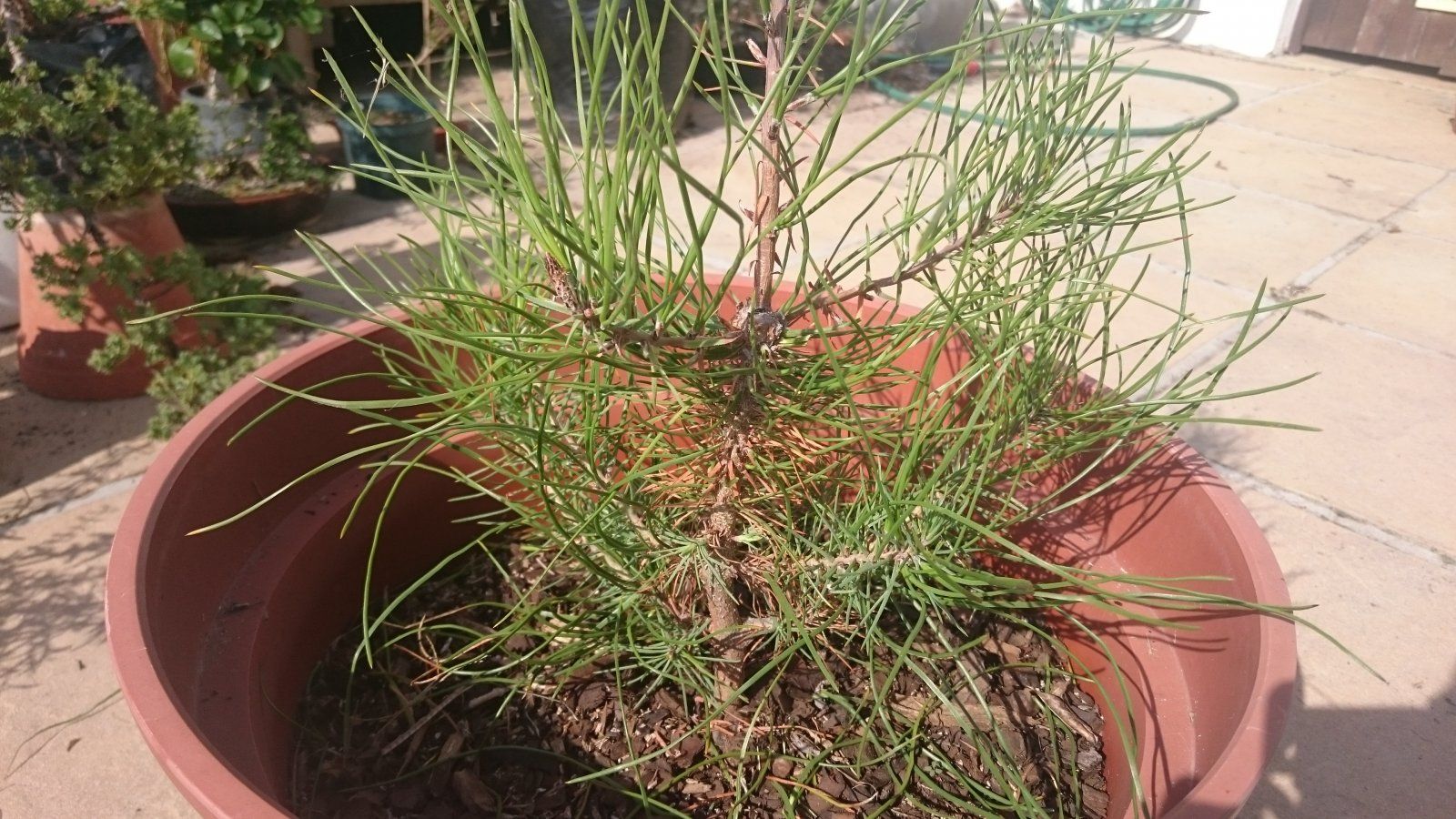Last thought, someone is likely to tell you that where you have multiple branches coming off the trunk at the same point, like spokes on a wheel, you need to cut them off, reducing the number to one single branch. Ignore them, or at least at this stage put off this task, until the tree is older and closer to the finished trunk diameter you need for your design. If you have multiple branches at the same level, on this young tree, reduce the number to 3, select one long vigorous one, and two short ones. The shorter ones will become your choices for the final tree, the long one will help build taper in the trunk. You want to develop a bushy tree, so that when it is time to finally style the tree, you will have lots of choices.
Right now you are growing to create a "Pre-Bonsai" specimen, you are not styling a bonsai at this point.
Also resist the urge to "Choose a Front", this is another activity that should be put off until later in the development. You want to make a bushy tree with a fat trunk first. Lots of bushy branches low, and a number of awkward looking long escape branches sticking out here and there.
Last, keep moving this tree into larger nursery pots. Do not put it in a bonsai pot until after it has achieved the trunk diameter needed to be a believable bonsai. Once you move it to a small pot, the diameter of the trunk will stop increasing.
Most bonsai, even the shohin bonsai that are under 20 cm tall, spend most of their development as much larger trees, and are only brought down to these small sizes at the very end of the their training. Often the first 10 years are in large nursery pots. Sometime much longer.




